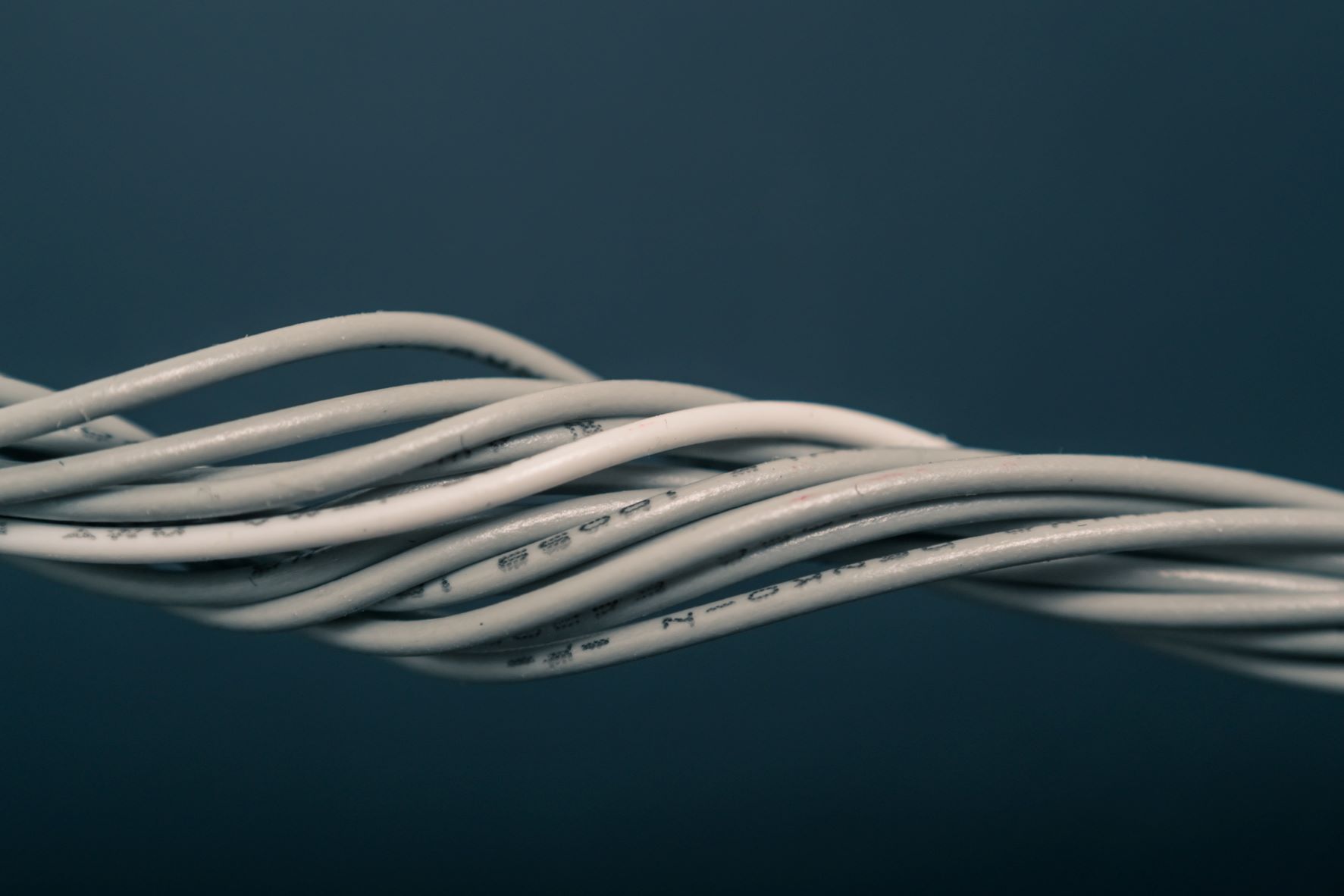What You Need to Know About Going Electric on the RoadAre you a beginner in terms of electrical wiring? Just moved in into a new house and need some tips for home electrical wiring. Maybe you found a house and lot for sale but are in need of serious wire fixing. Don’t have someone to do it for you? Or do you want to do it yourself to avoid expenses? Well, you’re in luck!
Electrical wiring may be challenging, notably for the inexperienced. That is why, unless the task is easy, it is typically advisable to engage an expert. If you intend to finish a DIY project that includes an electrical component, there are several fundamental concepts to understand about wire installation.
What You Need to Know:

The majority of everything you ought to know about electrical maintenance and renovations entails identifying it, purchasing it, and installing it with appropriate connections. If you’re thinking about starting an electrical venture, studying the fundamentals of wiring materials and installation is an excellent place to begin. Understanding basic wiring terms and recognizing the most popular types of wires and cables can aid in the investigation of wiring problems and the selection of wiring for new installation and renovation projects.
And with that being stated, here are some of the few things you need to keep in mind.
Wiring Label
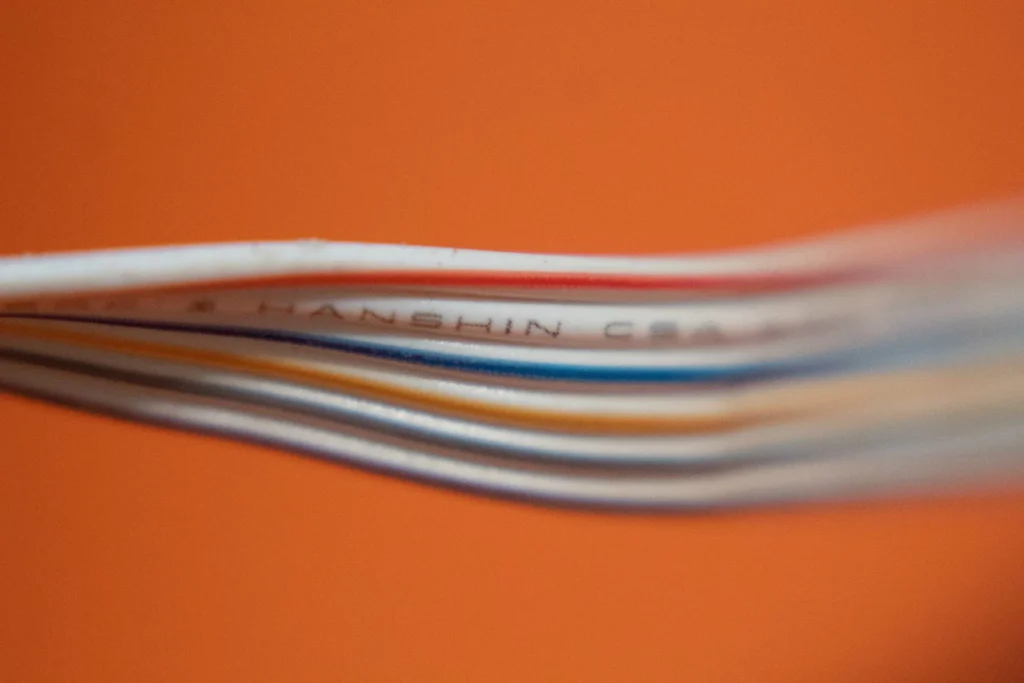
Markings are imprinted or written on the insulation or outer sheathing of electrical cables or wires. These marks give crucial data about the cabling and insulation, such as wire diameter and material, insulation type, the number of wires included, and any unique ratings or features of the wire.
Electrical Wiring and Symbols
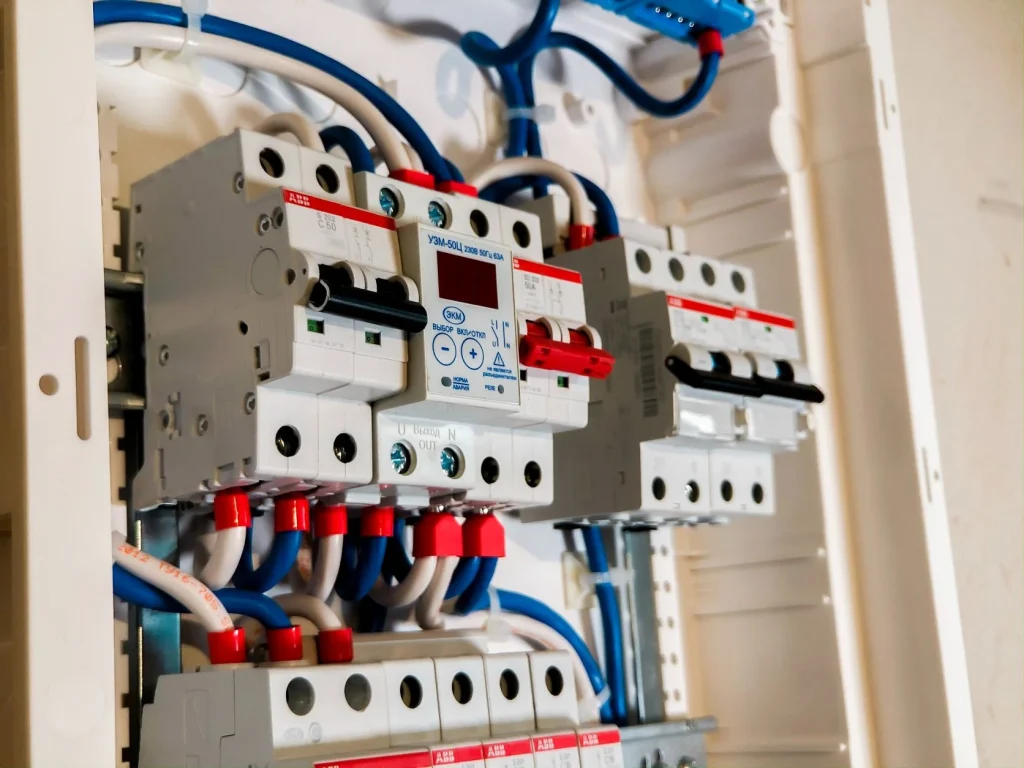
In residential electrical wiring designs, electrical indicators are applied to identify the position, control point(s), and type of electric equipment required in those areas. These indicators depict lighting outputs, socket outlets, special purpose outlets, fan outlets, and buttons and are placed on top of the floor layout.
Breaker Panel
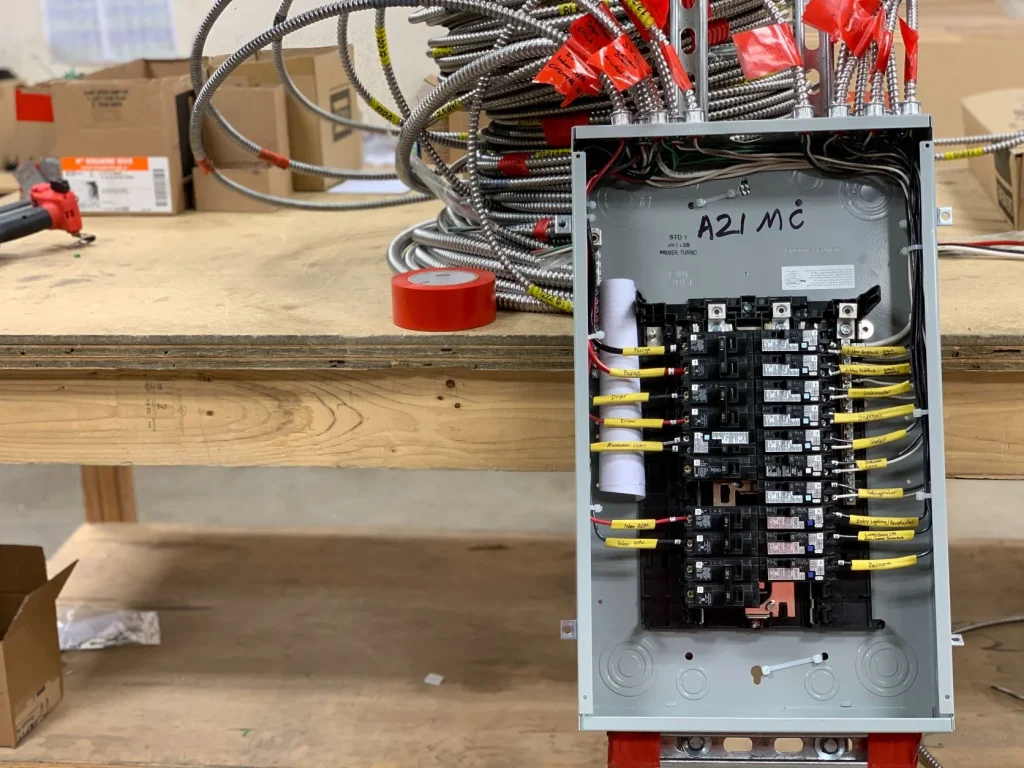
The electrical distribution center of a residential power system is the electrical panel, often known as the main switchboard. This is where most of the house’s various circuits receive electricity and are safeguarded by switches or fuses. A qualified electrician should wire an electrical panel, but DIYers should have a basic grasp of how a board operates and the vital function that breakers play in any system.
Types of Wires
Electrical wire is often constructed of copper material, and these material properties are protected and used to power various elements of your home.
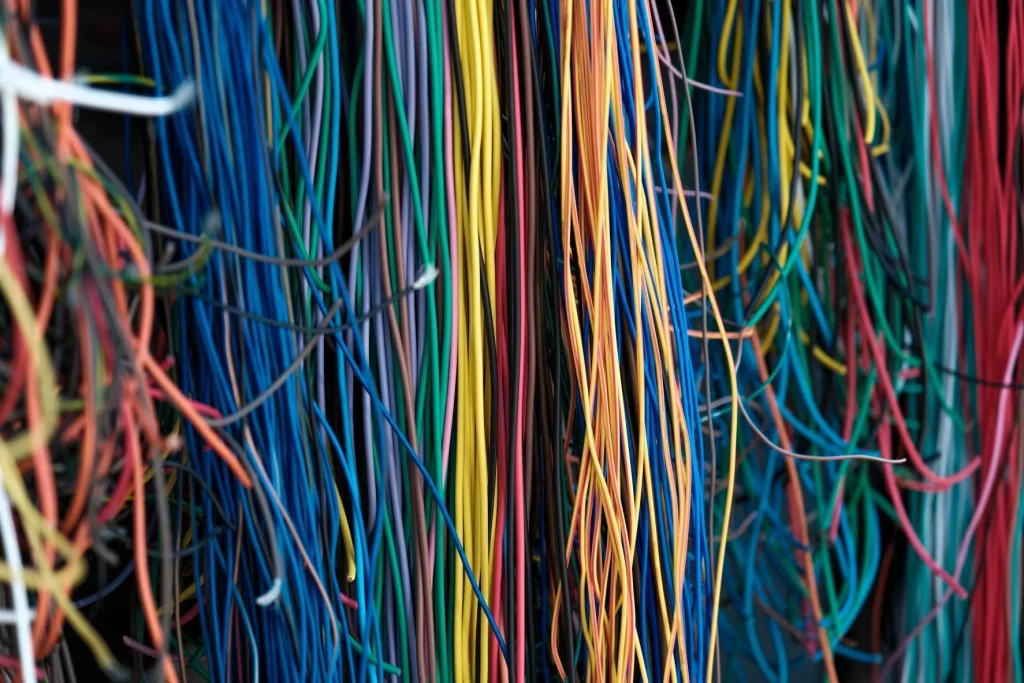
Low Voltage Wire
A low-voltage wire is often utilized for circuits that require 50 volts or less. Outdoor lighting cables, backwater valve connections, doorbell wires, speaker system cables, and temperature wires are all typical varieties. Wire gauges vary from 22 gauge to 12 gauge and can be composed of either copper or aluminum. Low-voltage wires are usually coated and can be confined in cable sheathing or connected in twisted pair cable, much as lamp cord wire. It should be used solely for low-voltage purposes. These are often very thin wires that differ greatly from regular circuit wiring, and their costs are usually much lower than those of ordinary residential lines.
Coaxial Cable
Coaxial cable is becoming less prevalent as some other kinds of data wire, such as HDMI, are used for TV data transfer. Coaxial cable is a spherical, coated cable with a conductive layer (typically copper) wrapped by a cylindrical insulating layer and a twisted wire cylindrical conducting shield. It is distinguished by the threaded connections used to form unions and gadget hookups. Coaxial cable was originally the industry’s preferred method for connecting TVs to antenna or cable delivery of services, and it is still frequently employed to link satellite dishes or bring subscription tv packages to an in-home point of distribution.
Phone and Data Wire
Telephone and data cables are low-voltage lines that are often constructed of copper and are used to connect “landline” telephones and broadband hookups. Telephone cables can have four to eight strands. Cat 5 cable, the most prevalent form of domestic data cabling, consists of eight wires enclosed in four sets. It has a higher capacity and specification than normal phone cables and is suitable for both telephone and data transmission.
UF Cable
An underground Feeder (UF) is a nonmetallic cable that is suited for moist environments and direct installation in the ground. It is frequently used to power exterior devices such as street lamps. UF cable, like conventional NM cable, has protected hot and neutral wires as well as a bare copper ground wire.
NM Cable
Non-metallic (NM) pertains to the outermost layer that connects separate conductors to form a cable. On the contrary, metallic encased wire or tube wiring protects the bundling of separate wires with some sort of steel coil or steel conduit. No matter what kind of NM cable you buy, it usually comprises three components: exterior cable wrapping, wire insulation, and separate wires
THWN/THHN Wire
THHN and THWN are the two most prevalent insulating material codes used within conduits. THHN and THWN wires are single circuits with color-coded insulation, as opposed to NM cable, which has two or more separately insulated conductors wrapped inside a plastic wrapping. These wires are covered by cylindrical plastic or metal conduit rather than NM cable covering.
Colored sheathings on THHN and THWN wires are commonly used to designate their purpose in a circuit:
- Black, red, and orange hot wires
- White and brown neutral wires
- Green and yellow-green ground wires
Electrical Wiring and Symbols
In residential electrical wiring designs, electrical indicators are applied to identify the position, control point(s), and type of electric equipment required in those areas. These indicators depict lighting outputs, socket outlets, special purpose outlets, fan outlets, and buttons and are placed on top of the floor layout.
Electricity in the Philippines
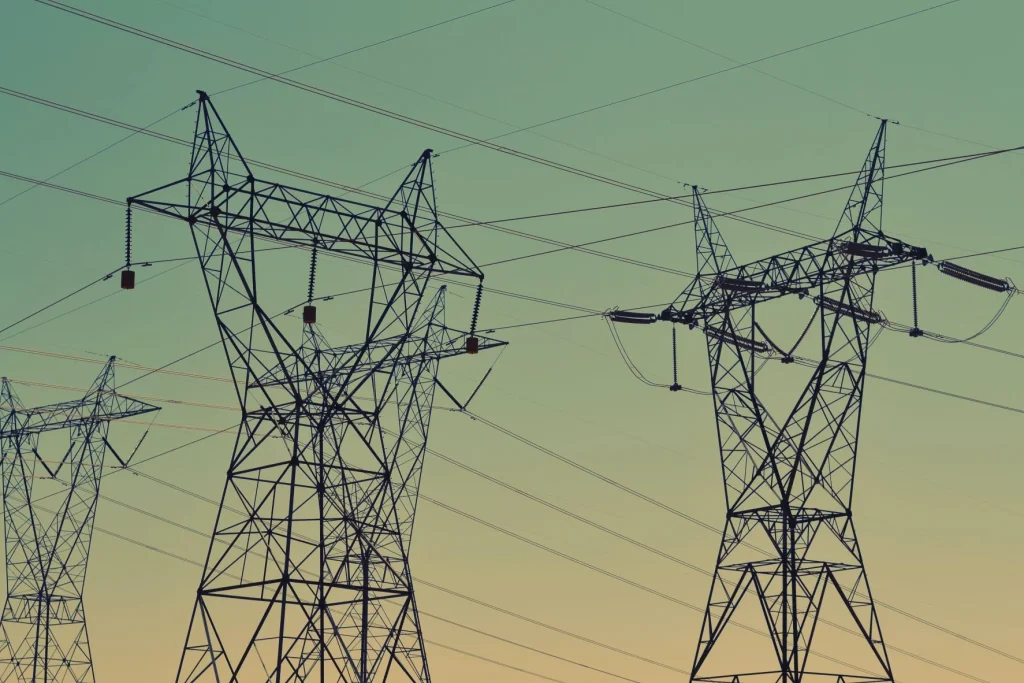
With regard to energy utilization, traditional fossil fuels constitute the dominant provider for the Philippines’ primary energy requirement. Based on the Philippines’ 2011 primary electricity consumption, 31% was satisfied by oil, 20% by coals, 22% by geothermal, 12% by biomass, 6% by hydropower, and 1% by other sustainable energy such as wind, sun, and biofuel.
Related Blog: What You Need to Know About Going Electric on the Road


